This file was designed for students to practice divisions, multiplications, subtraction and how to compare and order decimal numbers.
It contains information about the planets, the dwarf planets and the moon. This information is available in two formats:
1. Task cards to be printed and pasted around the room or the space that the teacher wants for the students to collect the information.
2. A document with all the information to give to each one of the students and for them to answer the questions.
It also includes:
Two workshops:
1. A guide for each student to find his/her weight on different planets, dwarf planets and the moon.
2. A workshop with analysis questions.
The teacher can also give the weight of an animal or an object to the students and ask them to find its weight in the different places.
The task cards have information about the planets so they can also be used for the science class.
Although we already know our weight on Earth, information on the planet is included in case the teacher wants to use the cards for a different activity.


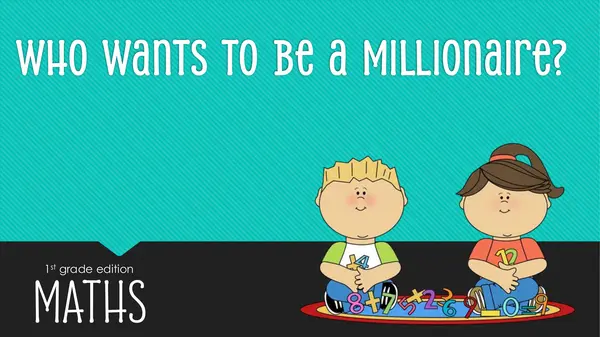
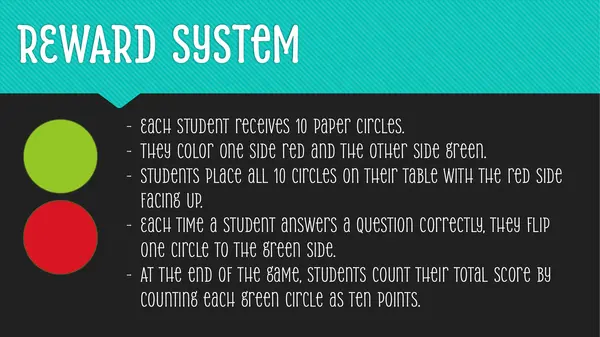
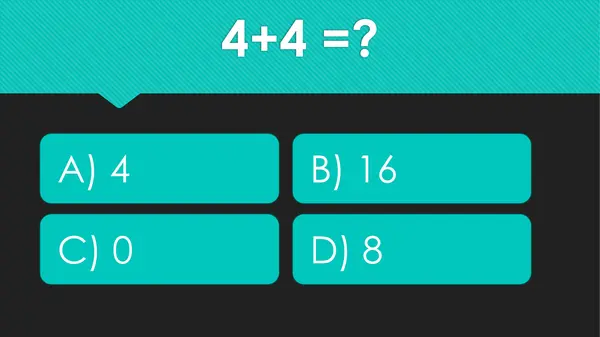
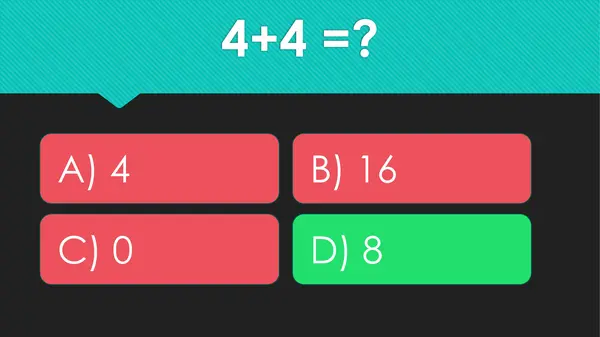
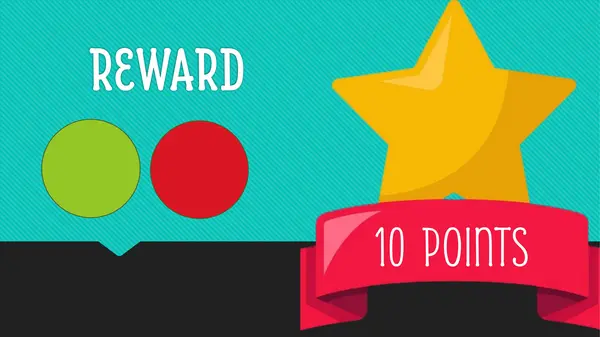
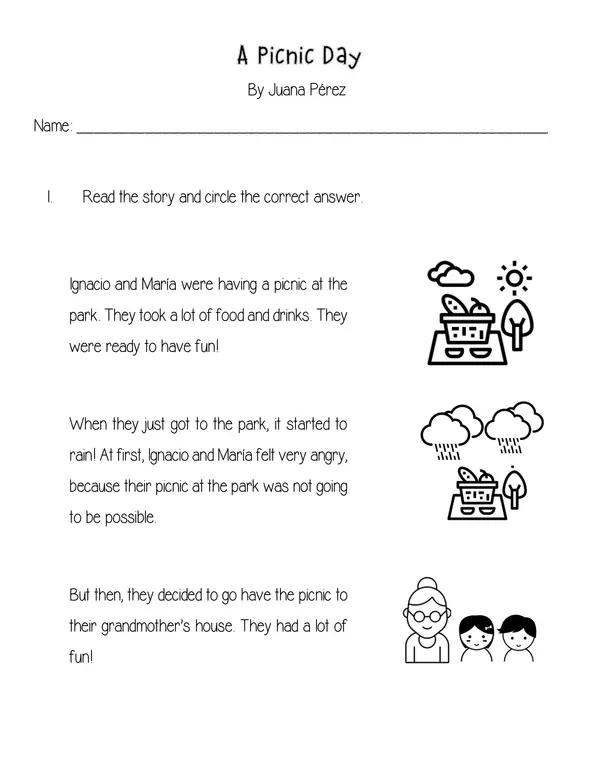
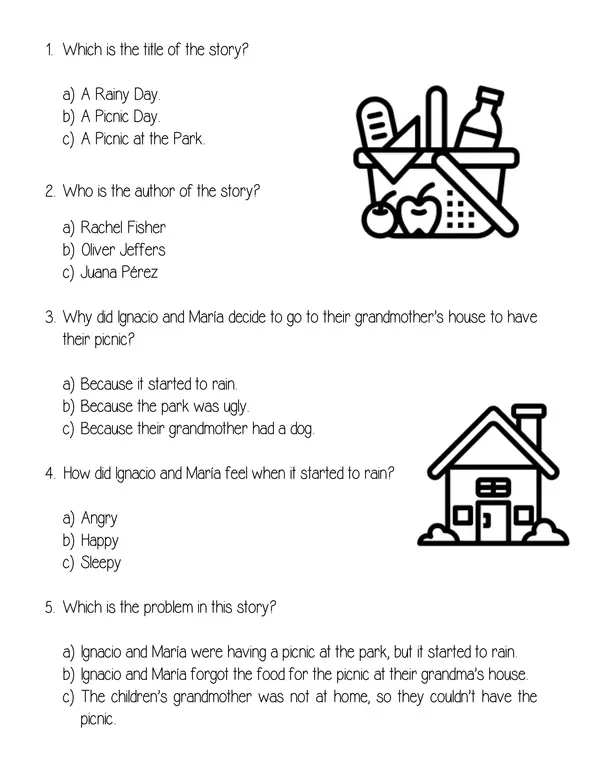
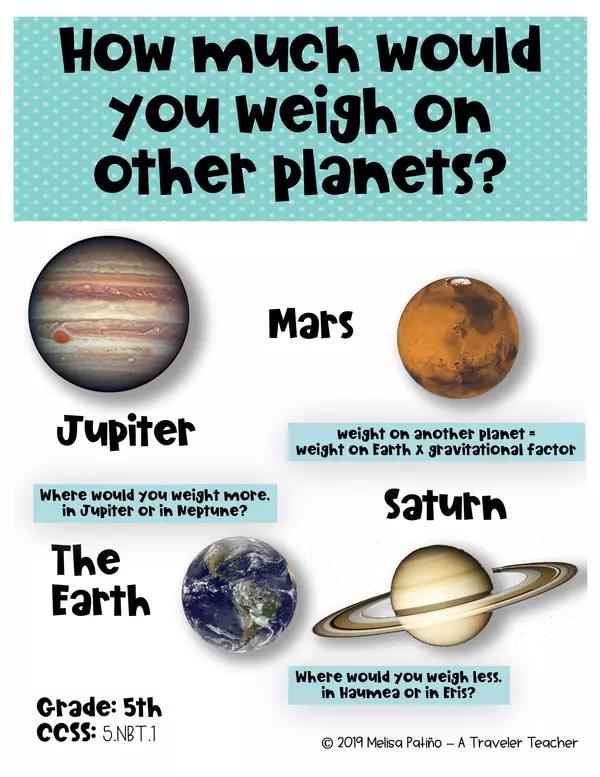
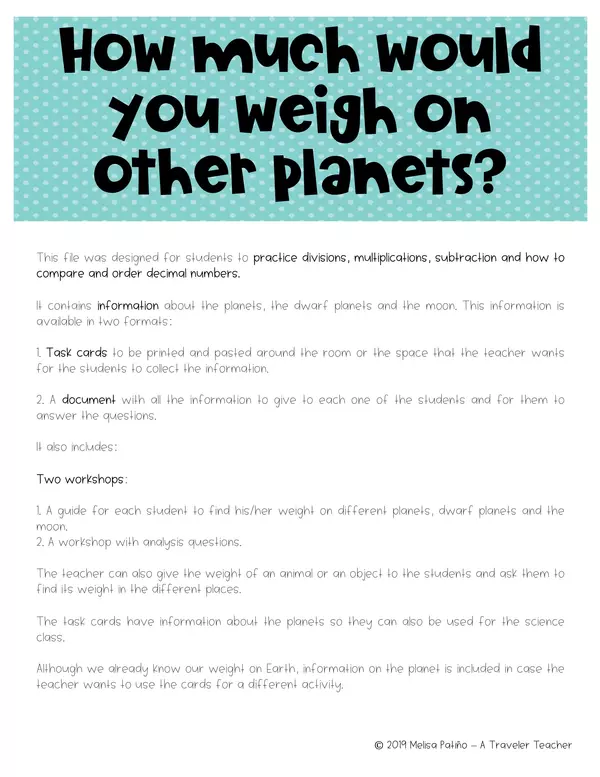
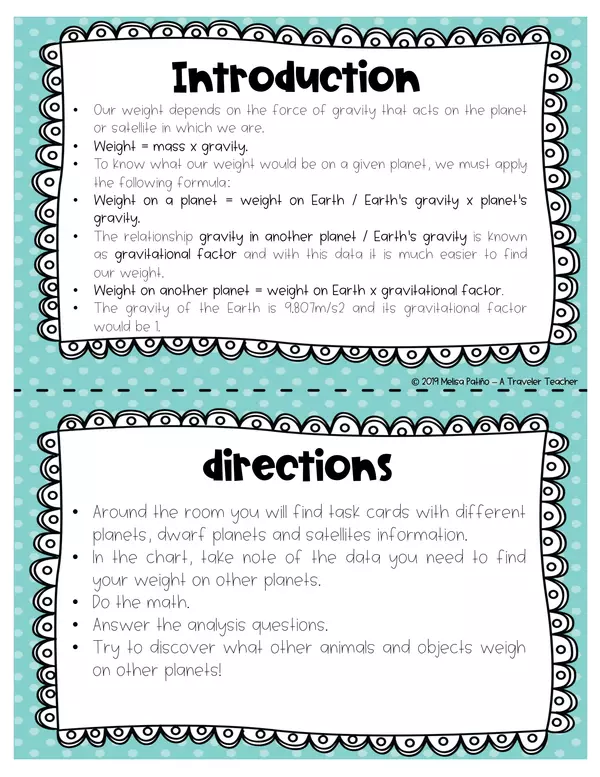
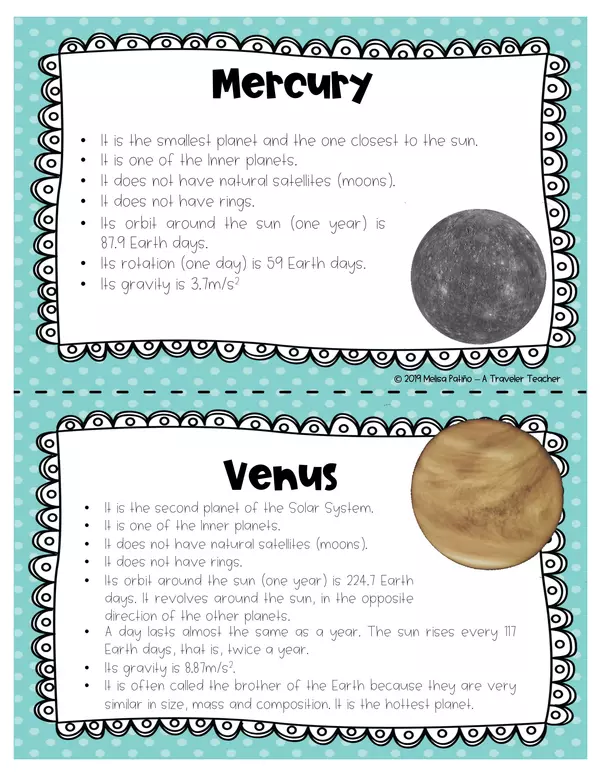
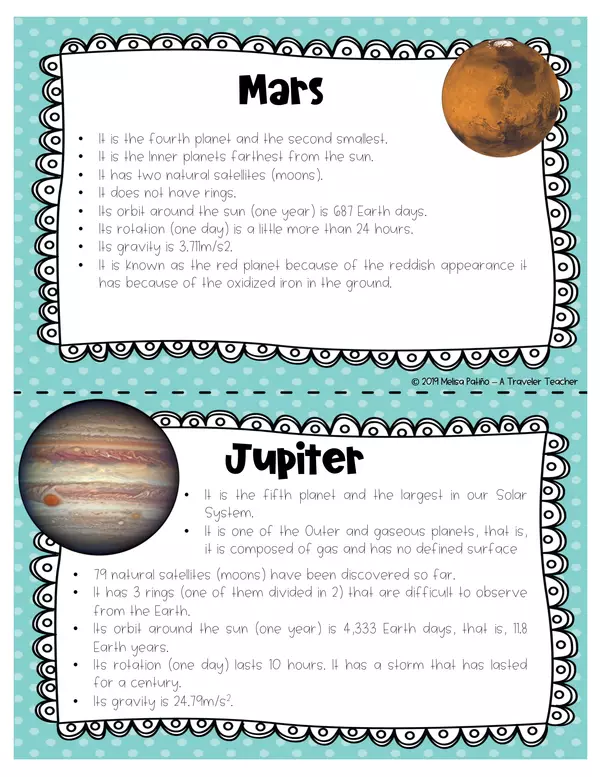
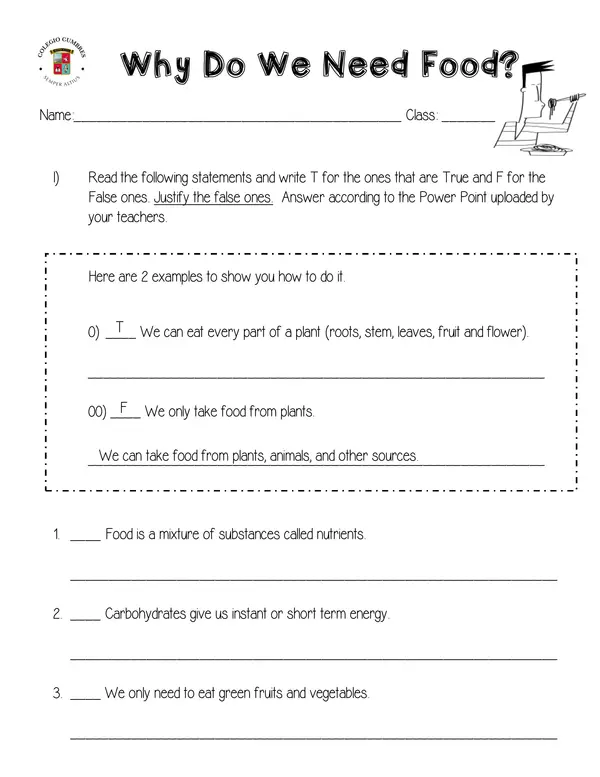
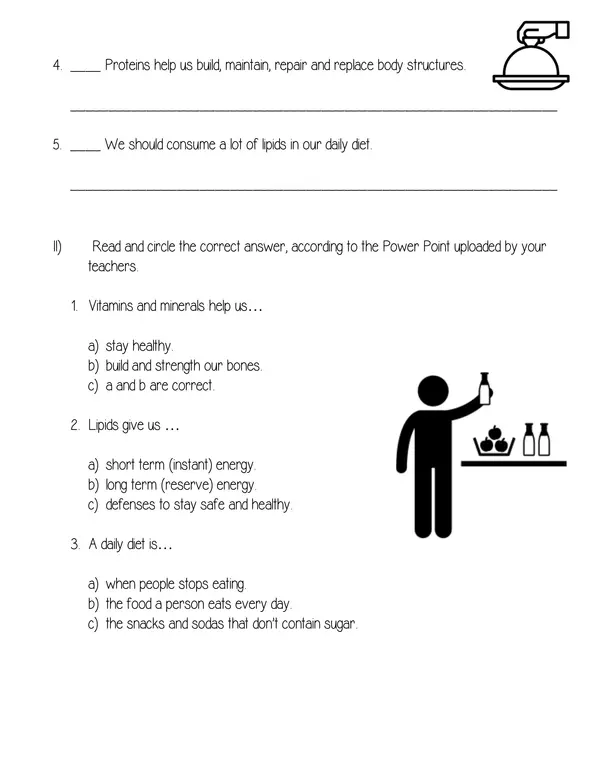
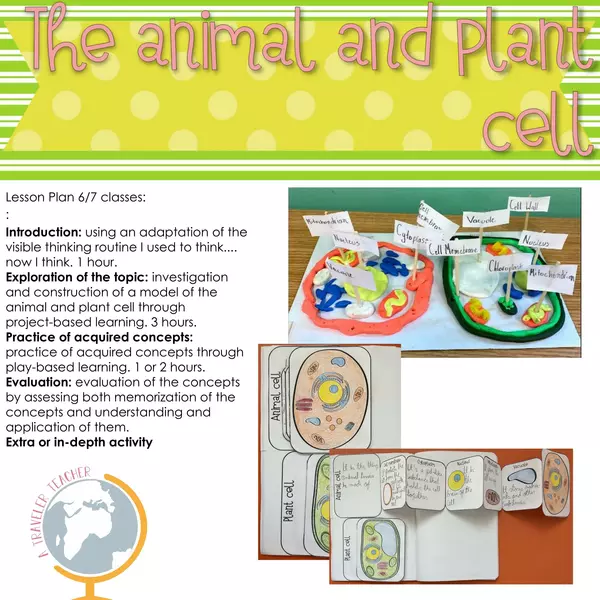
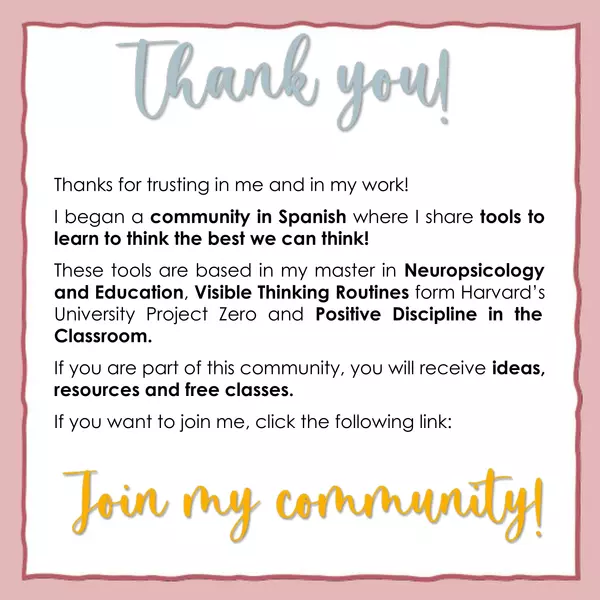
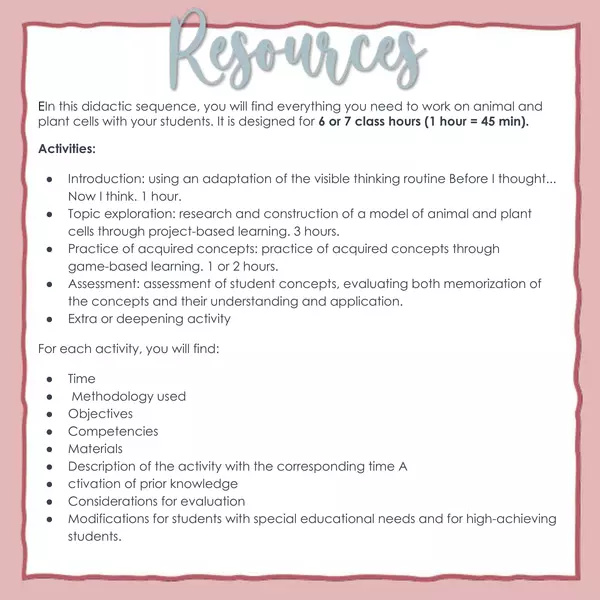
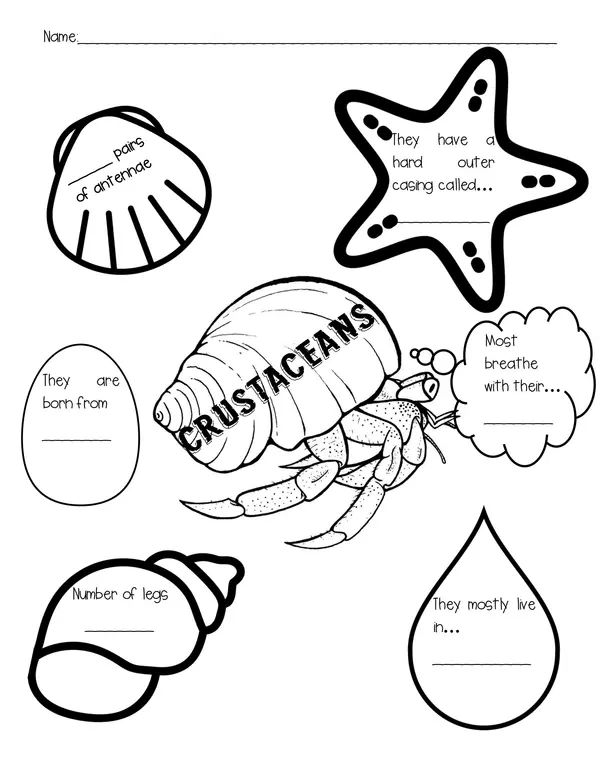
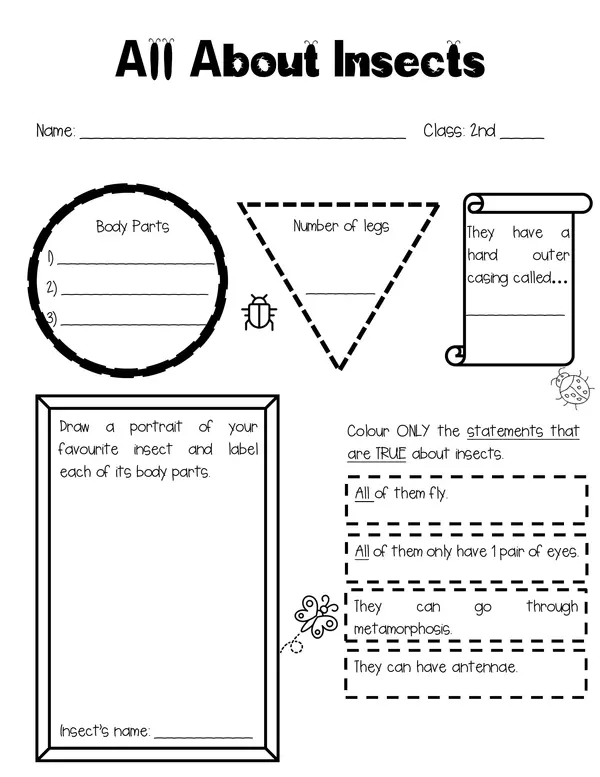
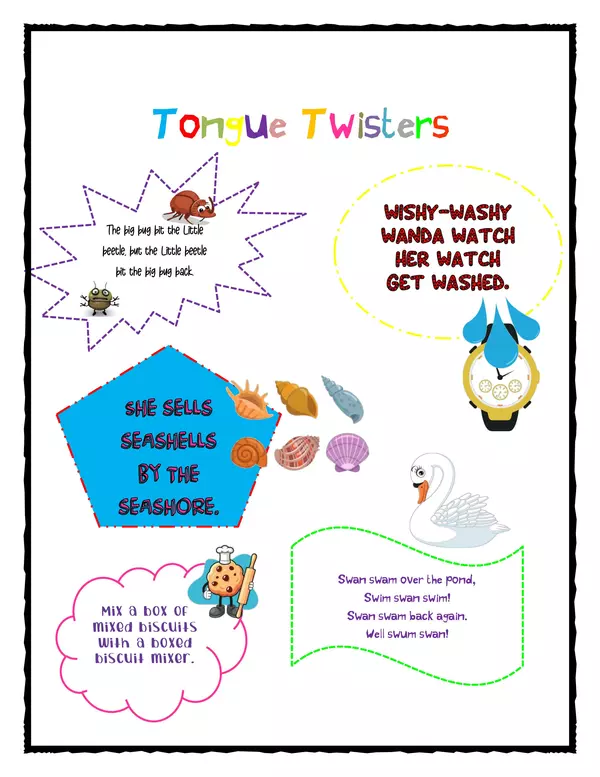
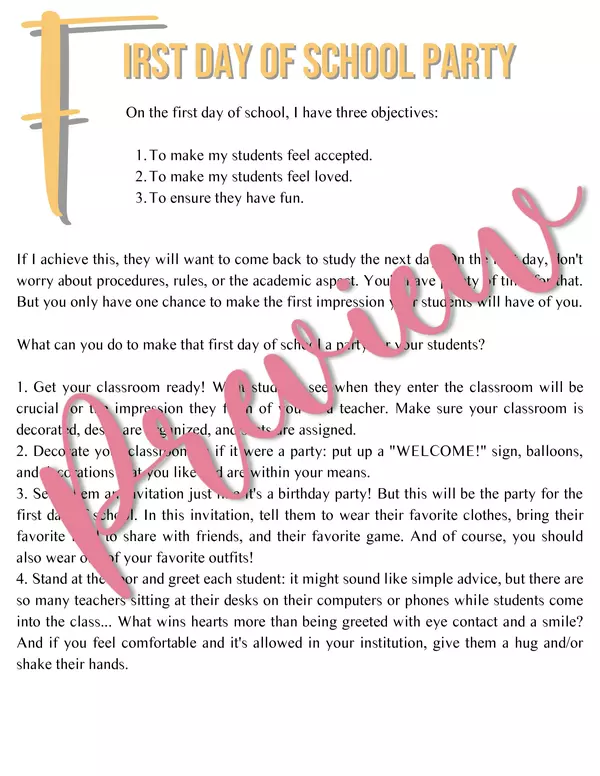
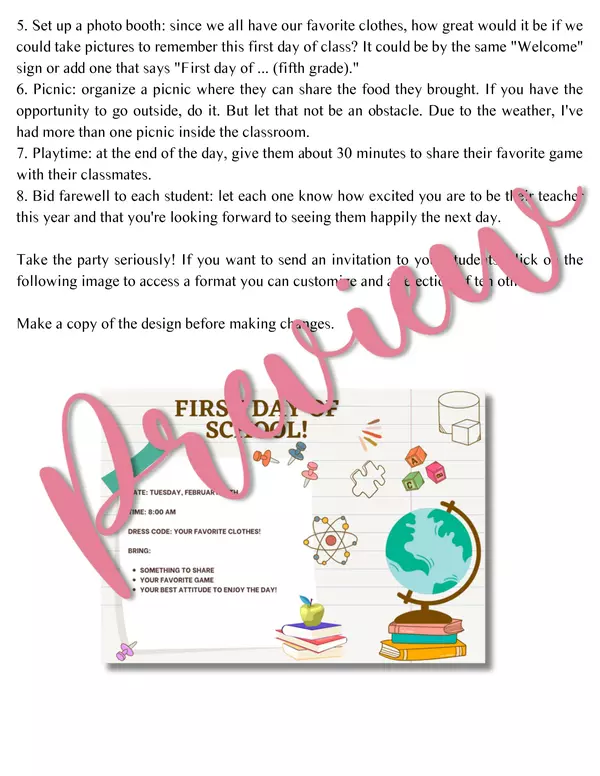
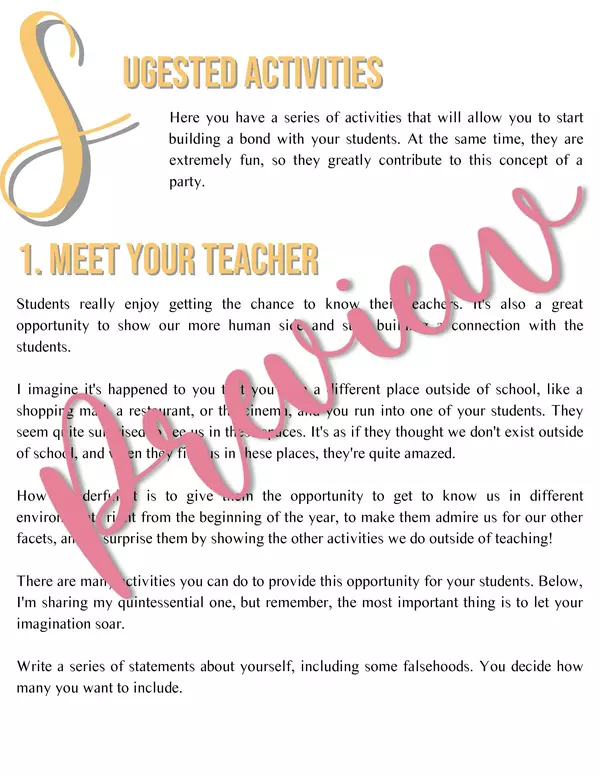
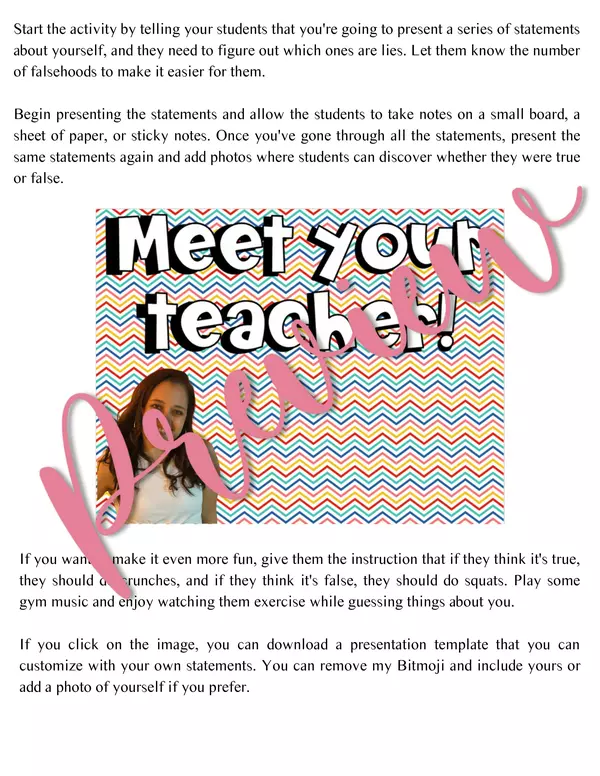
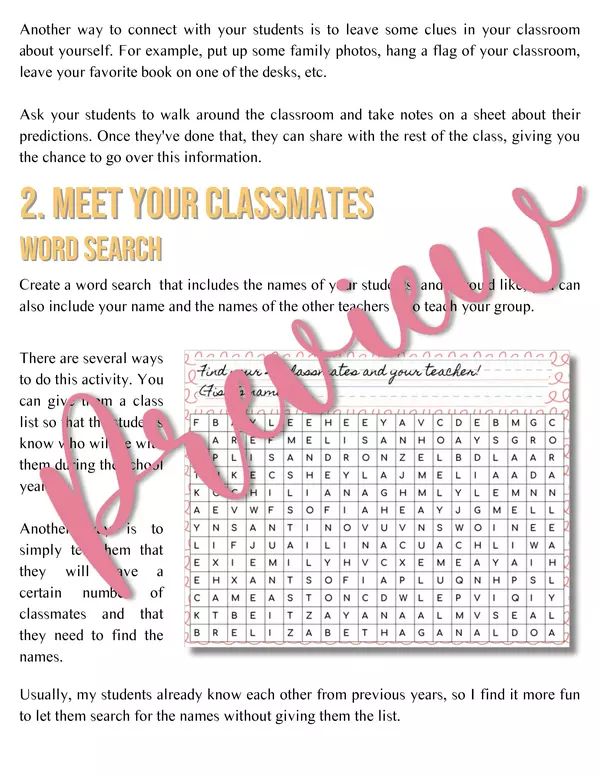
There are no comments yet, write one yourself!